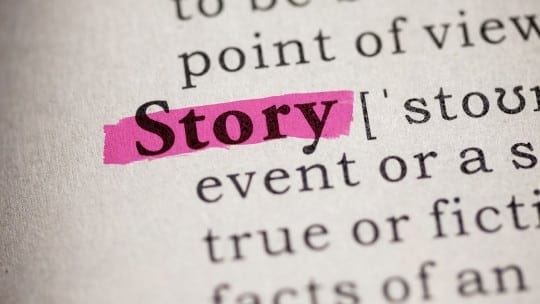
You could be living under the proverbial rock and still be aware of the potency of video for social media. Admittedly, you’d have to poke your head out from under the rock, but….
Of course most brands do more than poke their heads around outside. Many of them monitor and participate in the social conversation. They’ve seen the exclusive data from Shareablee running in PR News Pro about consumer engagement with brands on social media. Brands’ video posts are driving that engagement, leading to video’s gaudy engagement figures on Facebook, Twitter and Instagram. Engagement is defined here as likes, shares and retweets. The point is customers increasingly are using video to research products and services. Unbounce says that including video on a landing page can increase conversion by 80%.
But how does a brand, perhaps lacking a big budget for video production, enter the fray? Many experts say brands can produce videos relatively inexpensively. And while outstanding special effects and editing are no doubt attractive, many believe a creative concept and excellent storytelling can overtake expensive production values.
In the excerpt below from PR News’ Book of Visual Storytelling, Vol. 1, former TV newsperson Kristin Twiford, now content marketing associate at PhotoShelter, offers storytelling tips for PR pros interested in creating brand videos and not spending a lot of money on sizzle.
Catch the viewer’s attention with your first frame. The first tip I got in TV news was “always start with your best B-roll.” If you’re covering a fire, the first shot in your story is the blaze, not the interview with the fire chief. This tip is becoming increasingly important, as audiences can be easily distracted. Plan your video accordingly. Make sure the first shot is eye-catching. Think about what will make your audience choose to wait and see what happens next in your video, rather than scrolling to see what’s next in their feed.
Have a hook. A news story has to have a hook: Why is this story important to your audience right now? For your brand, the hook could be a trending conversation, a current event or even a holiday.
Shift the focus off the brand. Journalists never make the story about themselves. When you’re creating video content, think about your audience. Why will I as a viewer want to watch your video? Does it teach me something? Make me smile? Pull at my heartstrings?
When you focus on the bigger picture and put your brand on the back burner, your audiences will be more likely to relate to your content. And if they relate to your story, they’ll be much more likely to share it.
That’s why Dove’s Real Beauty Sketches became the third most-shared video of all time within a month of its release. This video doesn’t tout the Dove brand as a champion of inner beauty. In fact, the brand is hardly mentioned. Instead, it tells a beautiful, realistic story that hits a nerve with its target audience. Real Beauty Sketches shifts the focus from the brand to the bigger picture, and shares a story filled with emotion and a punch line Dove’s audience is sure to love.
The takeaway? Tell a great story. Add value. Leave me wanting more. Make me feel compelled to click on your call to action and tell everyone I know about how much I loved your brand’s video.
Refuse to allow clutter to get in the way of your message. In daily news, you have about one minute (sometimes less) to tell the story you’ve been working on all day. A reporter’s job is to sift through the details, highlight the most important points and share the story in the most compelling and concise way possible. When you are creating a video for social media, every choice you make should have meaning. Highlight the most important details and edit out extraneous clutter that will muddle your message.
Create content that inspires CTA. Journalists are masters of storytelling. As a PR pro, use video to tell a story that moves the audience to take action. When you’re sharing a video online, consider the next step you want your audience members to take and give them a clear path. Do you want them to share your video with friends? Do you want them to make a donation? A powerful story that drives your audience toward a clear call to action can help you achieve your goal.
Click here for information on the full range of PR News guidebooks for communications professionals.
Follow Kristin Twiford: @kristintwiford
Follow Seth Arenstein: @skarenstein
